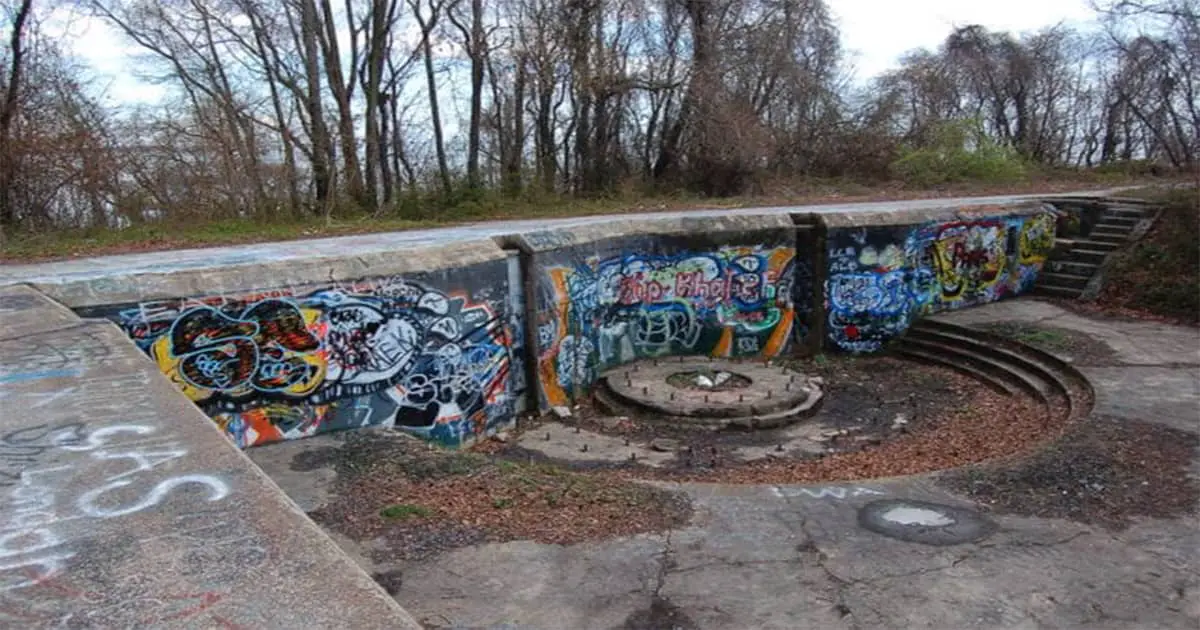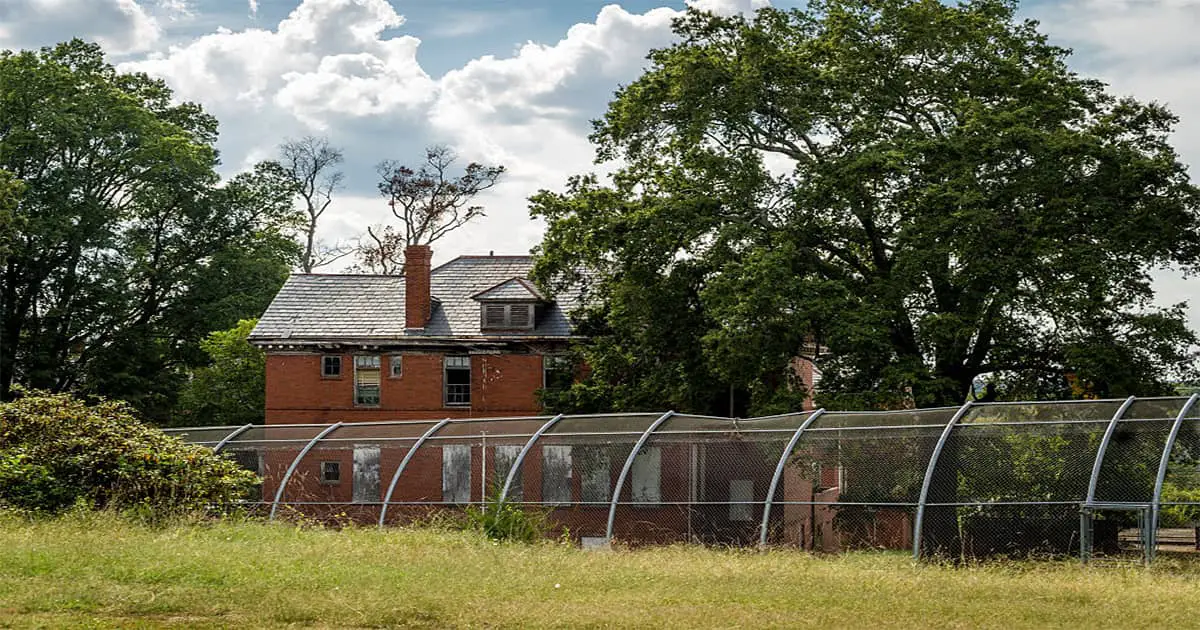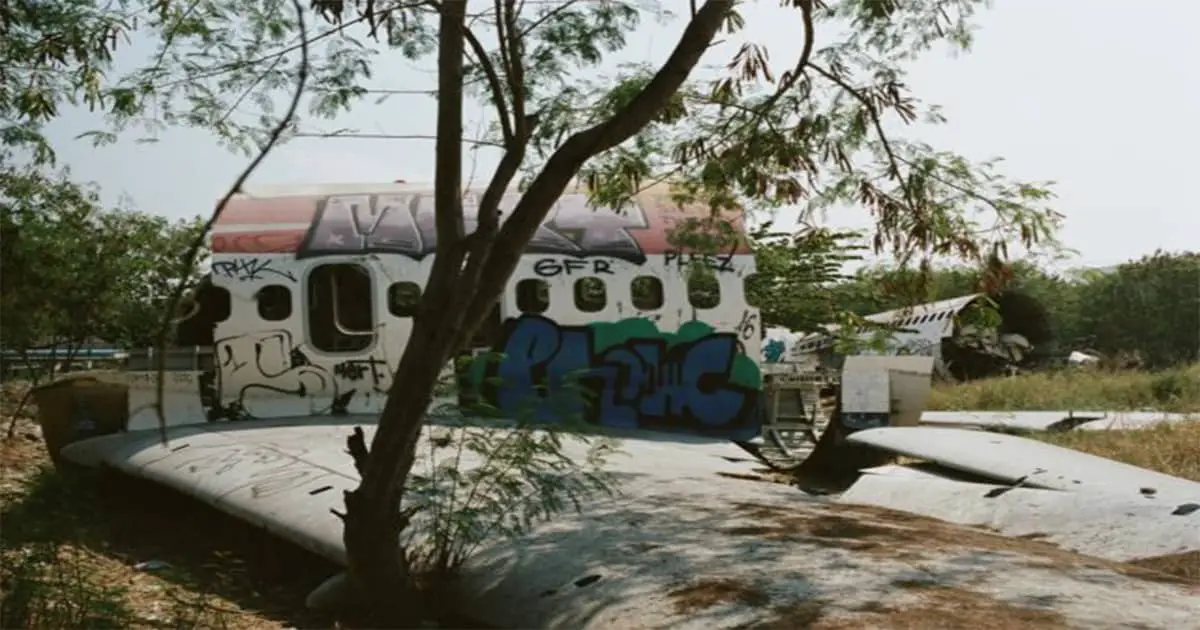Fort Armistead was built as a Coastal Defense Base Between 1897 and 1901. When the United States entered World War I in 1917, the majority of the artillery was removed from the base and sent overseas. After the war, the base was eventually closed down.
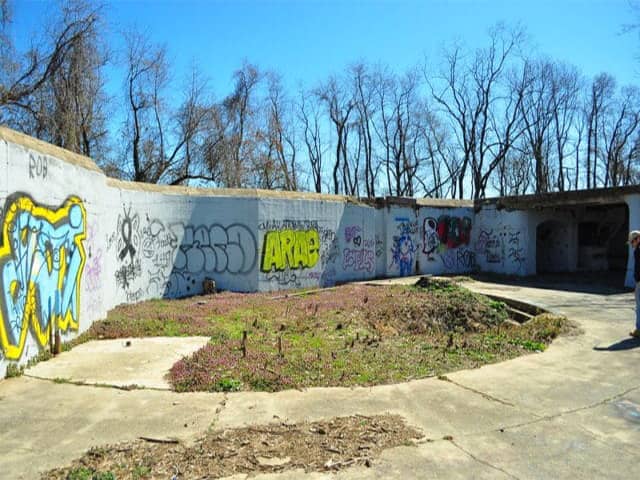
There are numerous abandoned military bases in the United States, particularly in Maryland. It was one of the original 13 colonies and was located on the East Coast, making it an ideal location for establishing a military presence. Fort Armistead, located in Baltimore’s Hawkins Point neighborhood, was one of these installations.
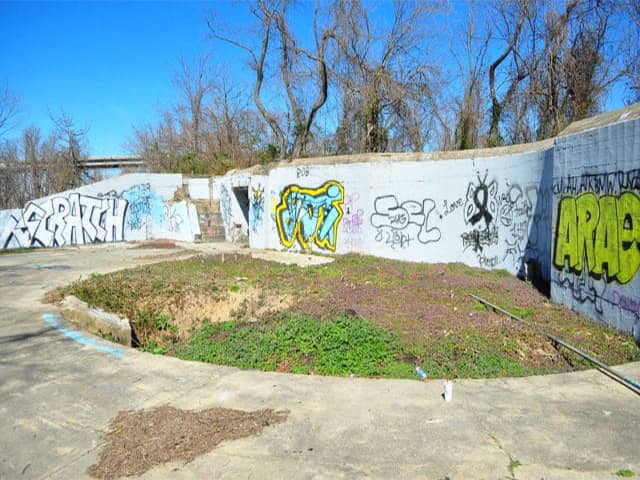
A coastal defense fort on Maryland’s coast
Fort Armistead was built as part of the Endicott Program, which also included the construction of Fort Smallwood, Fort Howard, and Fort Carroll. Major George Armistead, commander of Fort McHenry during the Fight of Baltimore during the War of 1812, was honored with the fort’s name.
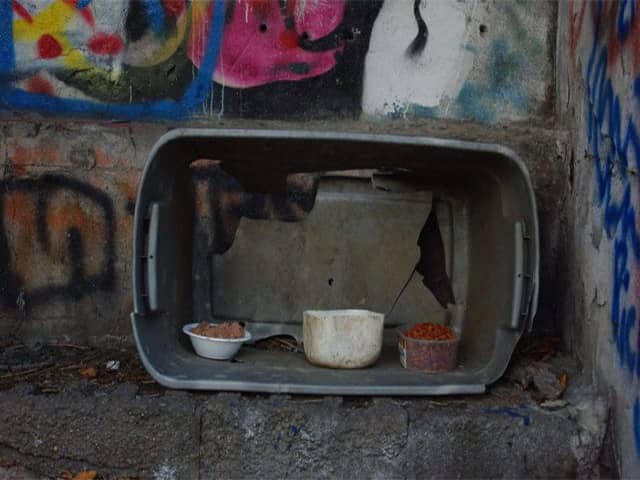
The battle was the inspiration for Francis Scott Key’s poem “The Star-Spangled Banner,” which was set to music and designated as America’s national anthem in 1931. Defenders Day is also observed annually by the city of Baltimore, the county, and the state of Maryland.
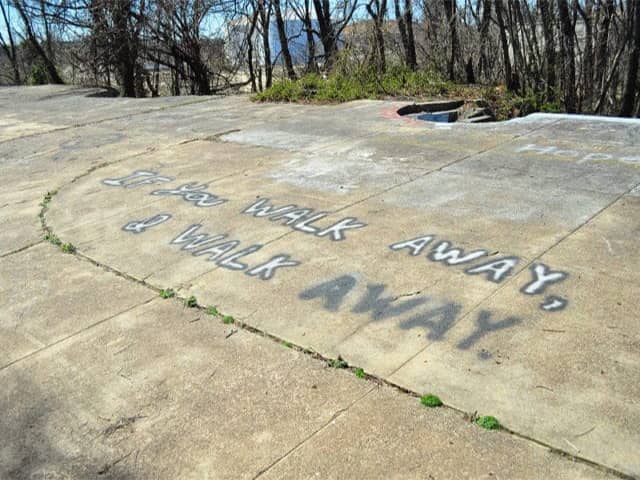
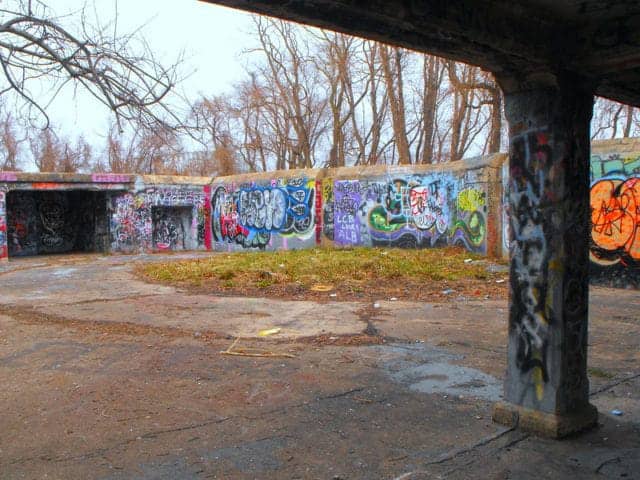
Fort Armistead consisted of four gun batteries. One was Power supply Winchester, named after James Winchester, a Revolutionary War and War of 1812 veteran. It was armed with a 12-inch M1888 vanishing gun. Battery McFarland, named after Army officer Daniel McFarland, who was killed in action during the War of 1812, was also present. It was outfitted with three of the same guns as Battery Winchester.
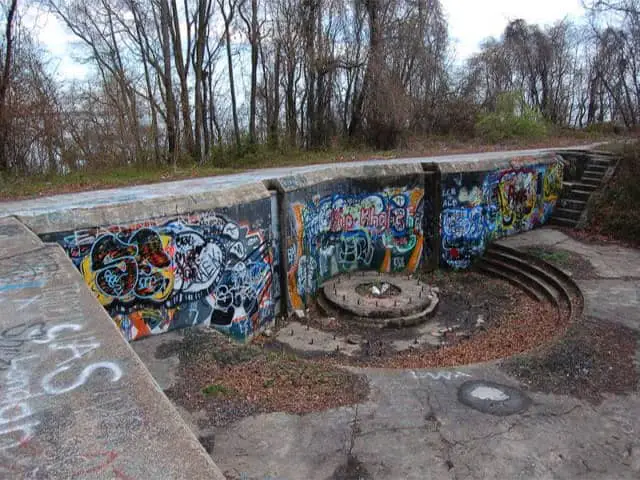
Battery Irons, named after Joseph Irons, who was killed during the Mexican-American War, was added to ensure the rapid deployment of weapons along the East Coast after the Spanish-American War broke out in 1898. It was armed with two 4.72-inch.45-caliber Armstrong guns mounted on pedestals. Battery Mudge, named after Robert R. Mudge, who was killed fighting the Seminoles, was armed with two three-inch M1898 guns mounted on masking parapet mounts.
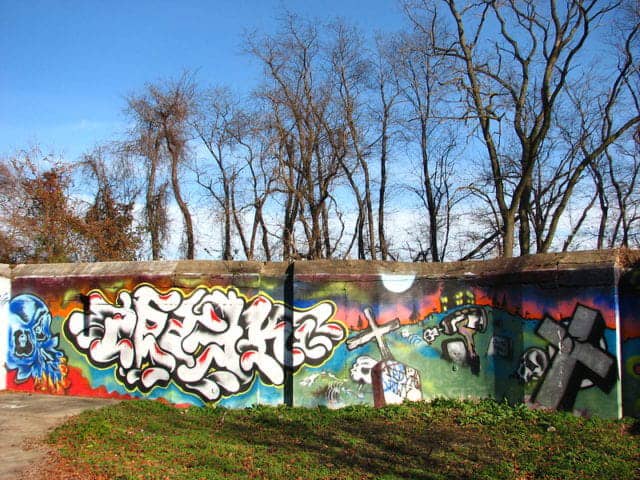
During World War I, the fort’s weapons are used.
Battery Irons was decommissioned in 1913, and its guns were sent to Fort Ruger in Hawaii.
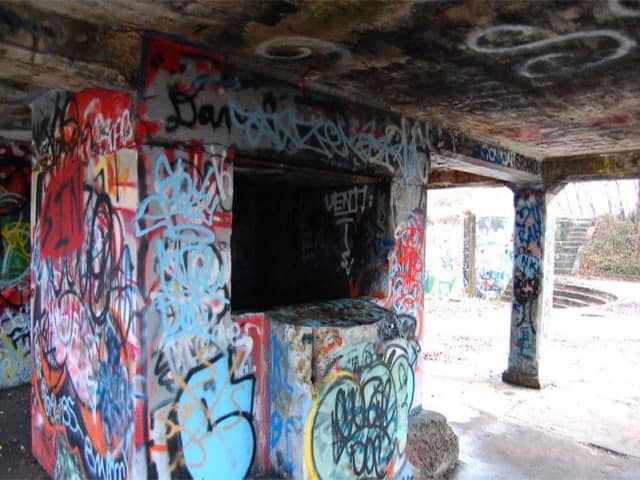
When the United States entered World War I throughout 1917, the majority of the artillery stationed at Fort Armistead was moved to the Western Front for possible use. However, the vast majority of the weapons were never shipped abroad.
In addition to the intention of using the weapons in Europe, others were removed for use in the United States. The 12-inch gun from Battery Winchester was sent to Fort Wadsworth on Staten Island to replace one that had been sent to the railway artillery program, while the guns from Battery McFarland were removed for possible use as railway artillery.
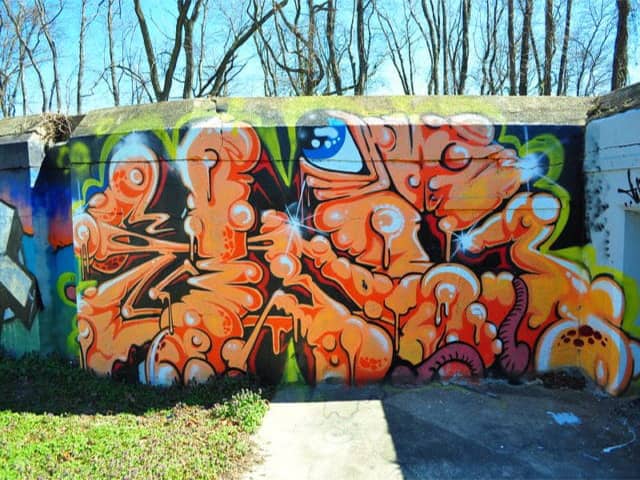
In 1923, the US Military and the Dept of War declared the fort surplus, and the property was transferred to Baltimore’s Department of Recreation and Parks five years later. It was in the possession of the department until World War II, when it was temporarily taken over by the US Navy for use as an ammunition storage site.
The last time weaponry was stationed at Fort Armistead was between 1952 and 1954, when a four-gun 90 mm anti-aircraft battery was stationed there.
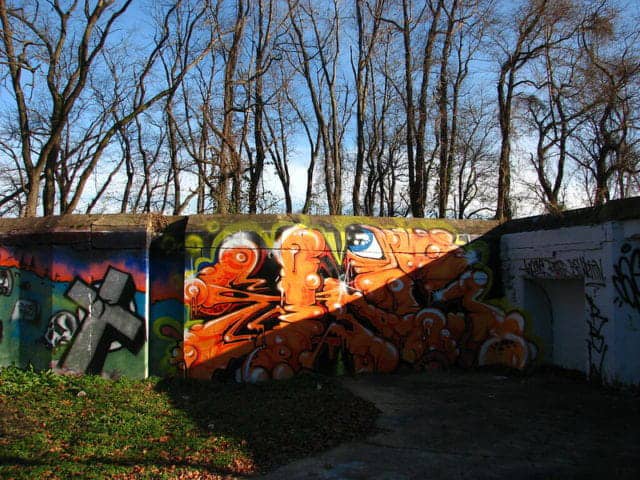
Fort Armistead has been transformed into a public park. The Outer Harbor Crossing was built high above Baltimore’s Hawkins Point neighborhood between 1975 and 1977. It now towers over Fort Armistead and the surrounding area, carrying Interstate 695, also known as the Baltimore Beltway, over the Patapsco Harbor.
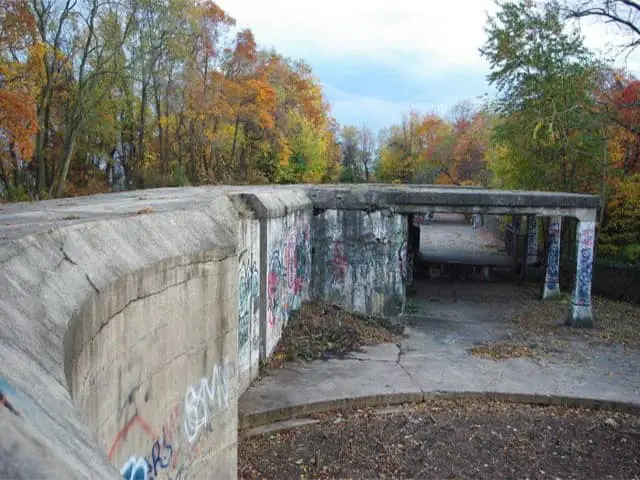
The majority of the firearms stationed in the Baltimore area were detached between 1917 and 1918 and were never remounted after the war.
Use after WWI
Fort Armistead was decommissioned in 1920, following the end of World War I. As part of the US military’s withdrawal of the guns, the 3-inch M1898 guns based at Battery Mudge were scrapped at this time.
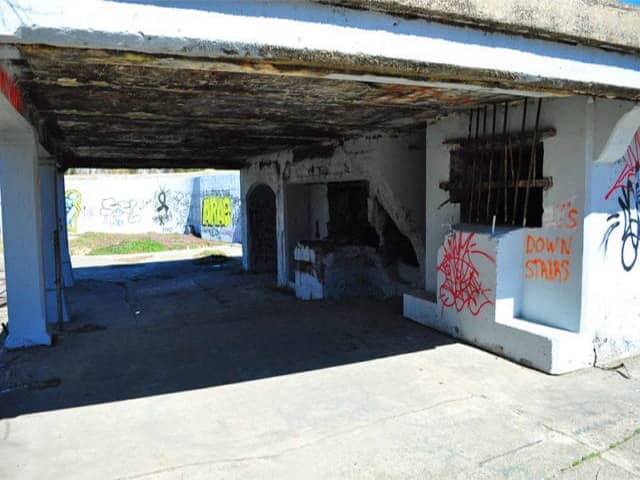
Fort Armistead was converted into a public park after it was no longer needed for the war effort, and visitors can now walk through its grounds and fish in the waters along its border. Unfortunately, the park has not been well-maintained, with trash and debris strewn about and the gates that blocked access to the interior of the fort having been removed. Graffiti adorns the majority of the concrete walls and tunnels as well.
Be Prepared Before You Go
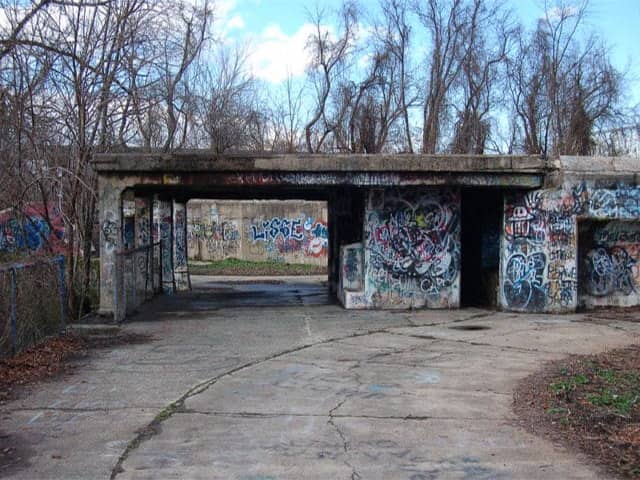
As an active park, there is plenty of cars parked and several distinct trails that lead directly to the base from the parking lot.
Read another article about : Fort Ord: An Ex-Army Base on the California Coast

